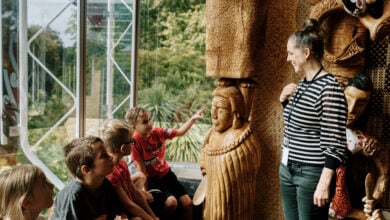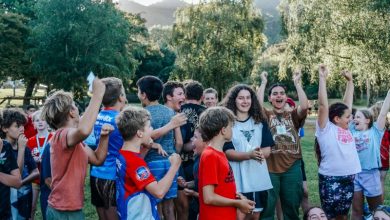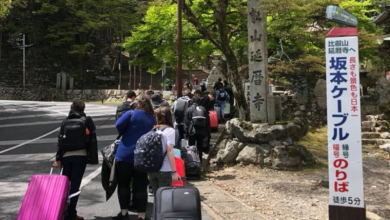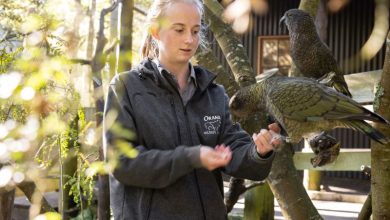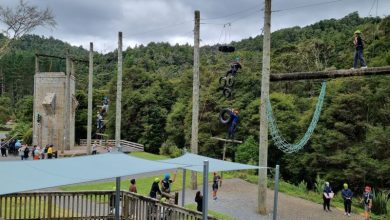Teaching with film and TV content
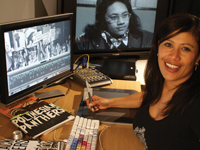
 How can television play a part in today’s classroom – in terms of content and technology? And how can schools access this content without worrying about copyright?
How can television play a part in today’s classroom – in terms of content and technology? And how can schools access this content without worrying about copyright?
In 2011, Screenrights commissioned ACER (Australian Council for Educational Research) in a qualitative project to find out how teachers are using TV and film content. Although the research was conducted in Australia, the results were equally interesting for New Zealand teachers.
ACER found that this content was “mainly used in the classroom to provide visual support for a teaching point, to introduce concepts and as a stimulus for discussion. There was a clear consensus that it engages and, in many cases entertains students, and that it has become an integral means of delivering parts of the curriculum.”
The research showed that educators are using television content to:
• provide current and topical examples from the media
• provide captioned material for hearing impaired students
• show examples of practical activities – eg. techniques to create visual works
• aid for recollection and recall, especially by language students
• teach media students production values, beyond what a teacher could give in text
• generate ideas for creative writing, debates, role plays
• reinforce a point (as a supplementary resource)
• understand body language, behaviour
• reach those learners who do not engage easily with written materials
Copying documentaries, films, news and other programmes on television, has been made easier with digital technologies (such as eTV, ClickView and DVC). Schools are embracing these systems to store, access and play copied programmes broadcast from television. The digital library of recorded educational programmes is an invaluable resource, and the systems are designed to find relevant content easily. And a digital library takes up far less space on the shelves than DVDs.
Digital technology is not just a replacement for the video recorder. For instance, teachers can embed programmes into courses for students to view in class or access from home; and programmes can be easily accessed from laptop, PC or interactive whiteboards.
So how can schools copy the content on TV and comply with copyright? By taking out a Screenrights TV and radio licence licence, schools can:
• Copy any programme, anytime, anywhere for its educational purposes (this also covers staff copying programmes from home for class)
• Copy any type of programme – news, movies, language programmes, light entertainment and anything else – it is all covered
• Copy from pay television or free to air
• Copy a short excerpt, the entire show, a series, or anything in between
• Make as many copies as they need – there are no limits
• Download audiovisual material legally made available online
• Copy in any format – VHS, DVD, hard drive
• Use technologies such as Clickview, eTV, DVC and electronic whiteboards to store, access and play copies programmes
• Keep copied material as an ongoing resource for future years.
The Screenrights licence can be obtained from School Trustees Association. STA offers a One Stop Shop copyright licensing scheme from 1 July to 30 June each year, otherwise pro rata licences can be arranged.
Where does the copyright licence fee go? The money collected by licences goes to the copyright owners (producers, writers, music etc), in the programmes that are recorded. This is done on a non-profit basis with all money distributed after the deduction of administrative overheads only.
Under the New Zealand Copyright Act, where an unlicensed school copies a programme covered by the licence, the school may be liable for copyright infringement, unless it has obtained permission from each of the copyright owners.
The benefits of using television content are clear. Television content “helps teachers take kids out of the classroom into real world situations that would otherwise be difficult to access, [using a] proven tool of learning and provide a good stimulus for further learning,” said one of the educators in the research. Digital technologies aid teachers in the discovery and delivery of television content. And the Screenrights licence means schools can copy from television without worrying about copyright.
For more information:
Screenrights – www.screenrights.org, [email protected]
NZSTA www.nzsta.org.nz/nzsta-services/copyright-licensing/

